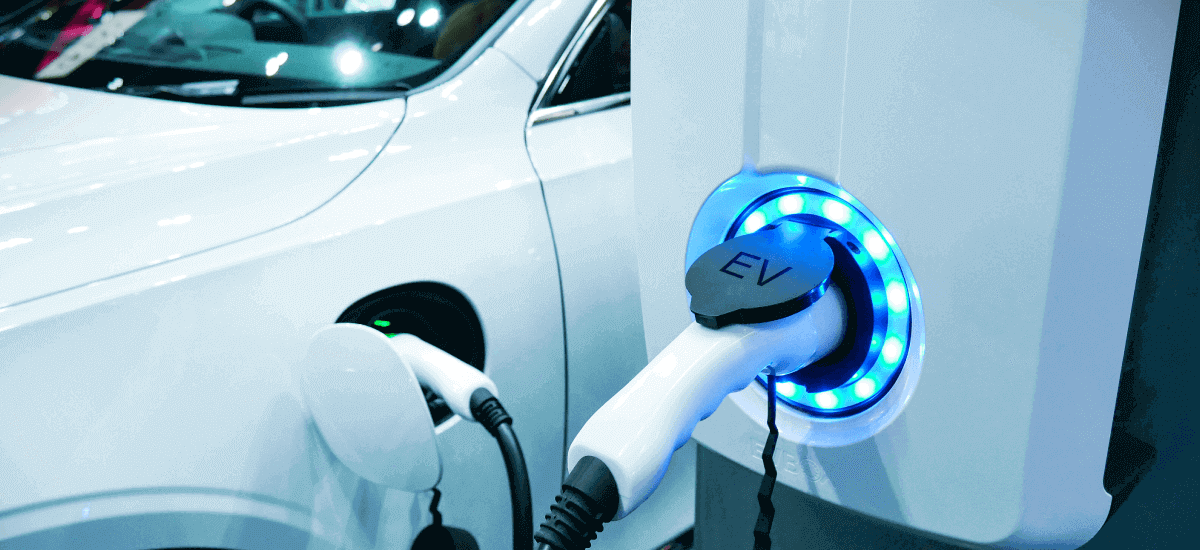The automotive landscape is poised for transformative changes over the next quarter-century. Advancements in technology, environmental considerations, and evolving consumer preferences are set to redefine how we perceive and interact with future cars. Here’s an in-depth look at the anticipated developments in the world of motoring by 2050.
Electrification: The New Norm
By 2050, electrification will dominate in the automotive industry. Most future cars will likely be powered by electric motors. They will be with internal combustion engines (ICE) playing a secondary role, primarily as range extenders or for specific applications. Innovations such as turbocharging and electric boosting will enhance the efficiency of these smaller ICE units. Additionally, technologies like thermo-electric materials and Stirling engines can be employed to recover waste heat, converting it into usable energy to further improve efficiency.
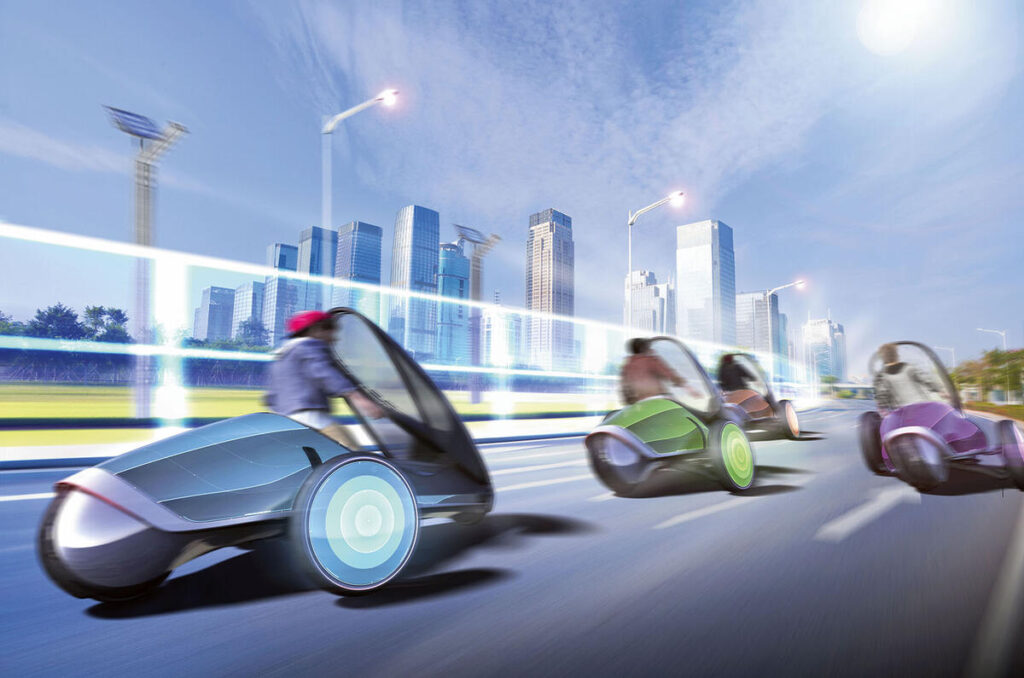
Advanced Powertrains and Fuel Diversity
The traditional four-stroke engine might give way to more efficient designs, such as split-cycle engines where cylinders are dedicated to specific tasks like intake/compression and power/exhaust. Hybrid systems capable of switching between spark and compression ignition could become commonplace. Obviously, his will allow vehicles to adapt to various fuel types, including synthetic and biofuels. In this situation, the versatility will be crucial in regions where full electrification faces infrastructural challenges.
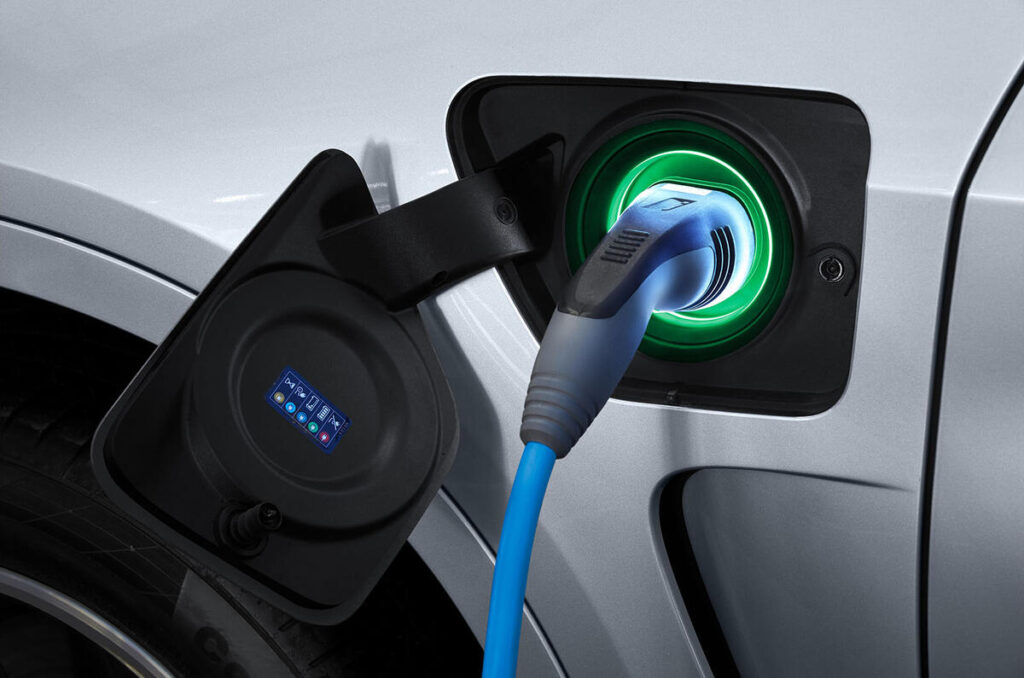
Autonomous Driving and AI Integration
Autonomous vehicles (AVs) are anticipated to be a significant part of the transportation ecosystem by 2050. Advancements in artificial intelligence and machine learning will enable vehicles to navigate complex environments with minimal human intervention. So, these AVs will communicate with each other and infrastructure through 5G and beyond networks, enhancing traffic flow and safety. However, challenges related to regulation, public acceptance, and cybersecurity will need to be addressed to realize the full potential of autonomous driving.
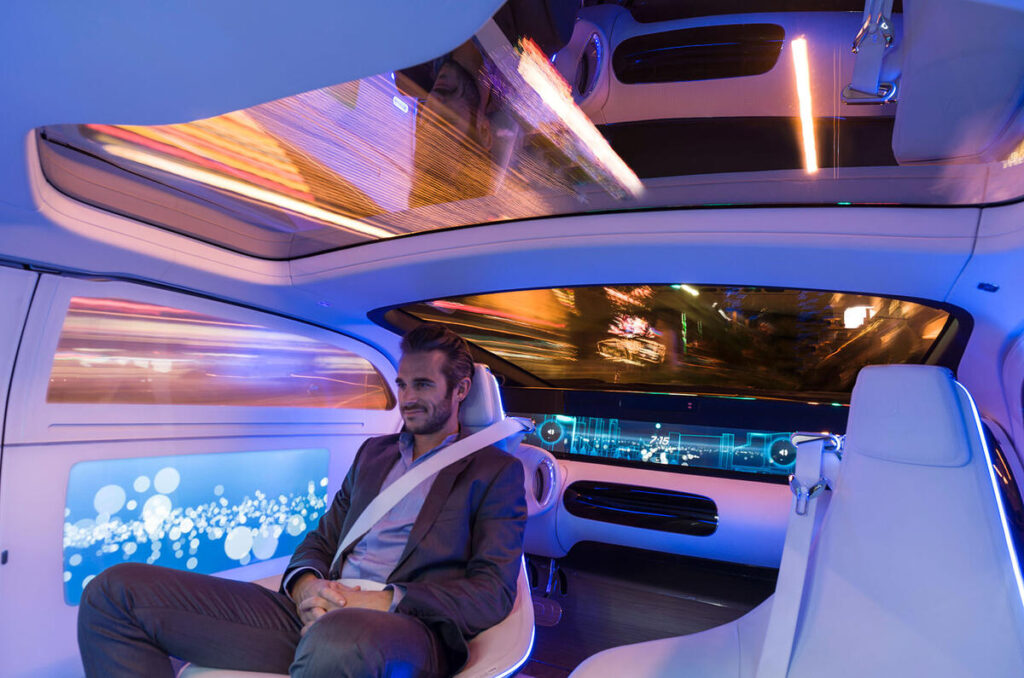
Sustainable Materials and Manufacturing
Environmental concerns will drive the adoption of sustainable materials in vehicle manufacturing. Expect to see increased use of recycled and bio-based materials in car components. Manufacturing processes will also evolve, with 3D printing and modular assembly becoming more prevalent, reducing waste and allowing for greater customization. These changes will not only benefit the environment but also offer consumers more personalized vehicle options.

Connectivity and Infotainment Evolution
The in-car experience will undergo a significant transformation. Vehicles will feature advanced infotainment systems with augmented reality (AR) displays, voice-activated controls, and seamless integration with personal devices. High-speed internet connectivity will enable real-time updates, streaming services, and enhanced navigation features. Moreover, vehicles will become extensions of our digital lives, offering personalized settings and experiences based on user preferences.
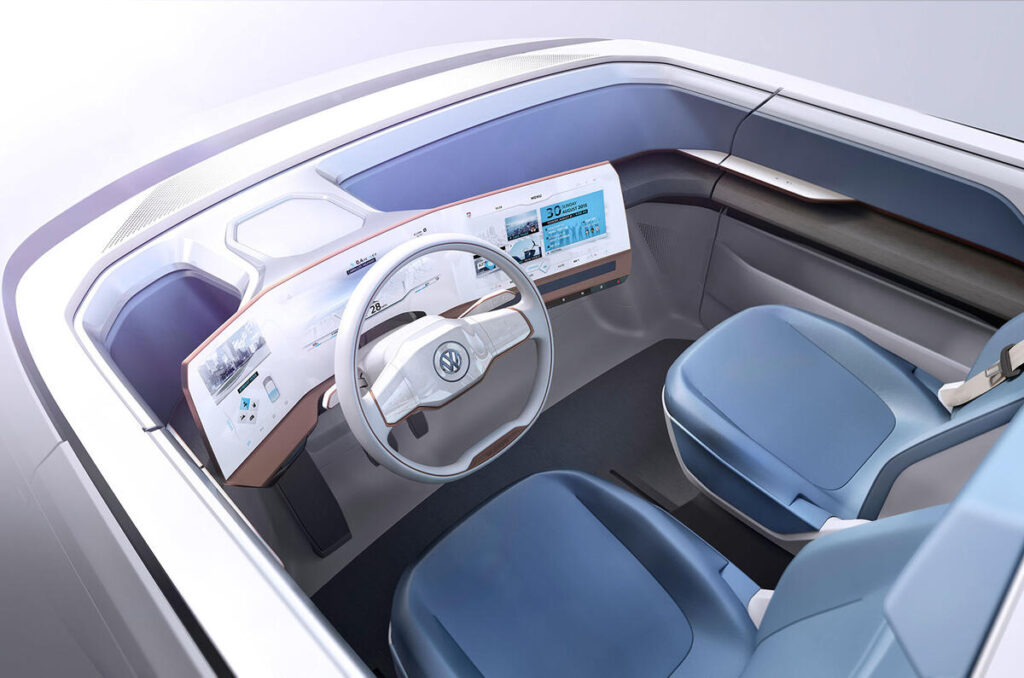
Urban Mobility and Infrastructure
Urban areas will witness a shift towards shared mobility solutions. Car-sharing services, autonomous shuttles, and integrated public transportation systems will reduce the reliance on personal vehicles. Infrastructure will adapt to support these changes, with smart traffic management systems, dedicated lanes for AVs, and widespread charging stations for electric vehicles. Cities will prioritize pedestrian-friendly designs, reducing congestion and improving air quality.
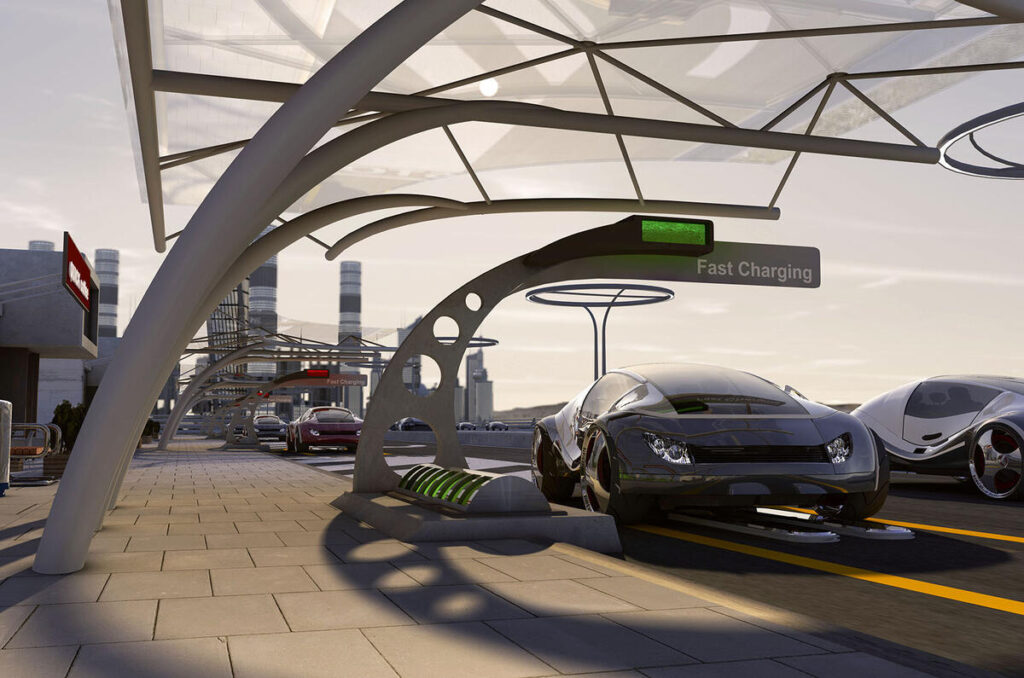
Challenges and Considerations
While the future of motoring holds immense promise, several challenges must be addressed. The transition to electric and autonomous vehicles will require significant investments in infrastructure and technology. Ensuring cybersecurity in connected vehicles will be paramount to protect user data and safety. Additionally, equitable access to these advancements must be considered to prevent widening the mobility gap between different socioeconomic groups.
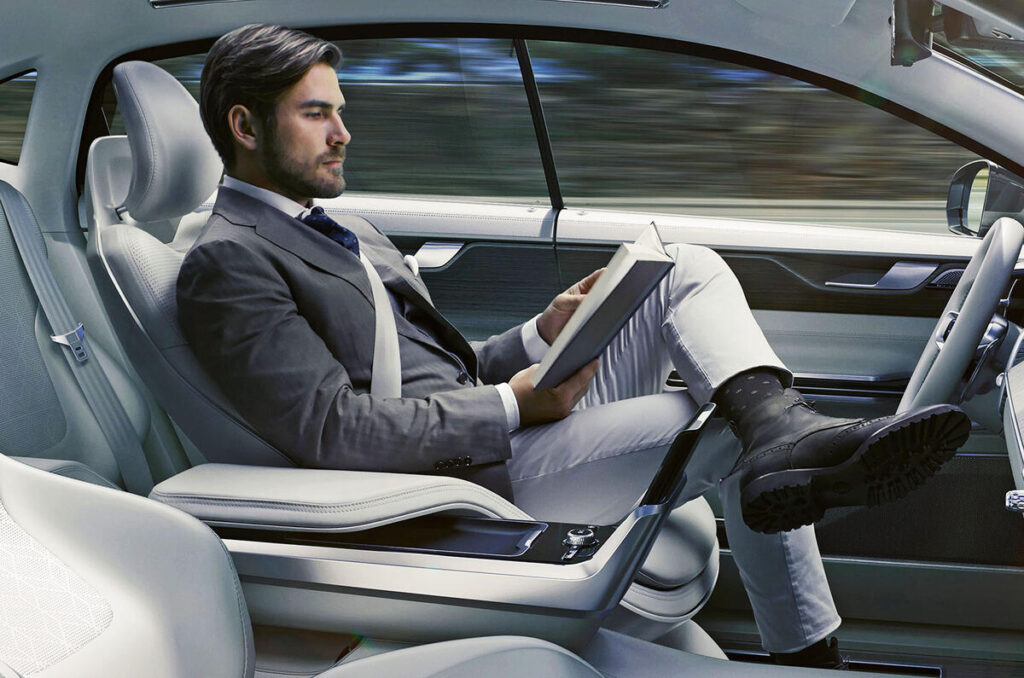
Conclusion
Thus, the next 25 years will usher in a new era of mobility, characterized by electrification, autonomy, sustainability, and connectivity. As these trends converge, they will redefine our relationship with future cars. Of course, this will make transportation more efficient, personalized, and environmentally friendly. Embracing these changes will be essential for individuals, industries, and governments alike to navigate the road ahead successfully.

